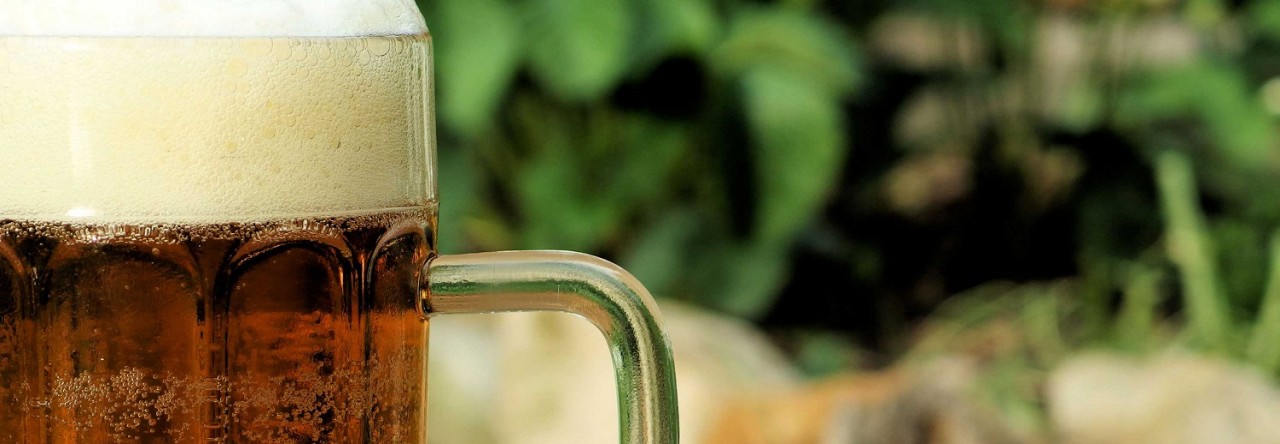We have a cautionary tale for you. Mike and I got together to sample two beers he brewed about a month ago and they were… well, let’s just say they didn’t turn out as expected. I came with my tasting cap firmly in place while Mike brought jars of water and an attitude: “We’ll figure out what went wrong.” Long story short, we discovered that something as mundane as using a garden hose during chilling may have ruined two otherwise promising batches.
What Was Brewed and How Things Went Sideways
Here’s what Mike was aiming for:
Batch 1 (the darker one): Best Bitter — Maris Otter malt base, some caramel malt, Victory malt, hopped with Fuggles.
Batch 2: American Cream Ale — 50/50 split of Pils and Two-Row, ~20% flaked corn, Liberty hops, fermented with Wyeast 2112 (American lager yeast) for a twist.
Both were brewed back-to-back on the same day, kegged, cold-conditioned and carbonated for nearly three weeks.
What went wrong: they both turned hazy (especially the “cream ale” batch) and had a puckering, drying, tannic-band-aid like off-flavor. Mike suspects that when he hosed off his immersion chiller with garden-hose water that he introduced vinyl compounds + chlorine into the system.
Then, he suspects microbial contamination settled in (hence the haze and persistent phenolic character). Microbes and residual chlorinated water or vinyl plastic odor are a major issue. In fact, phenolic off-flavors in beer are often linked to contamination or chlorine/tap-water issues.
Mike had a sample of the garden hose water and it had a very strong vinyl odor.
The recipes were solid, but the process got sabotaged by a hose and maybe some careless sanitation.
Lessons Learned
Here’s the wrap-up: both beers were pretty much ruined. The flavors overlapped so much the two distinct beer styles became the same mistake. The dominant notes: drying tannin, vinyl/plastic odor, band-aid phenolic aftertaste.
Ouch.
On the positive side, this is exactly the kind of mess you want to sample and learn from. The take-away: don’t trust the garden hose for anything sanitary in brewing, rinse and sanitize your chillers properly, and pay serious attention when you’re seeing haze when none should be there.
According to industry sources, microbial spoilage in beer often comes in via water, equipment surfaces and minute sanitation lapses.
Bottom line: two beers down, one major brewing lesson learned. We’ll get back on the horse and brew better.
Until then — brew on, learn your mistakes, and don’t let the garden hose jack up your batch.
Cheers.
